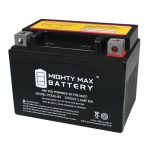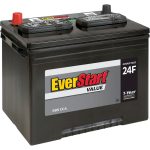As winter approaches, ensuring your SUV is equipped with the right winter tires becomes paramount for safety and performance. The best winter tire sizes for SUVs contribute significantly to traction, handling, and overall driving experience during icy and snowy conditions. With the variety of options available in the market, selecting the perfect tires for your vehicle can be a daunting task. It is essential to understand how tire size, tread patterns, and rubber compounds impact performance in winter. In this comprehensive guide, we delve deeper into the world of winter tires, exploring the best winter tire sizes for SUVs, how to read tire specifications, and why winter tires are crucial for your driving safety.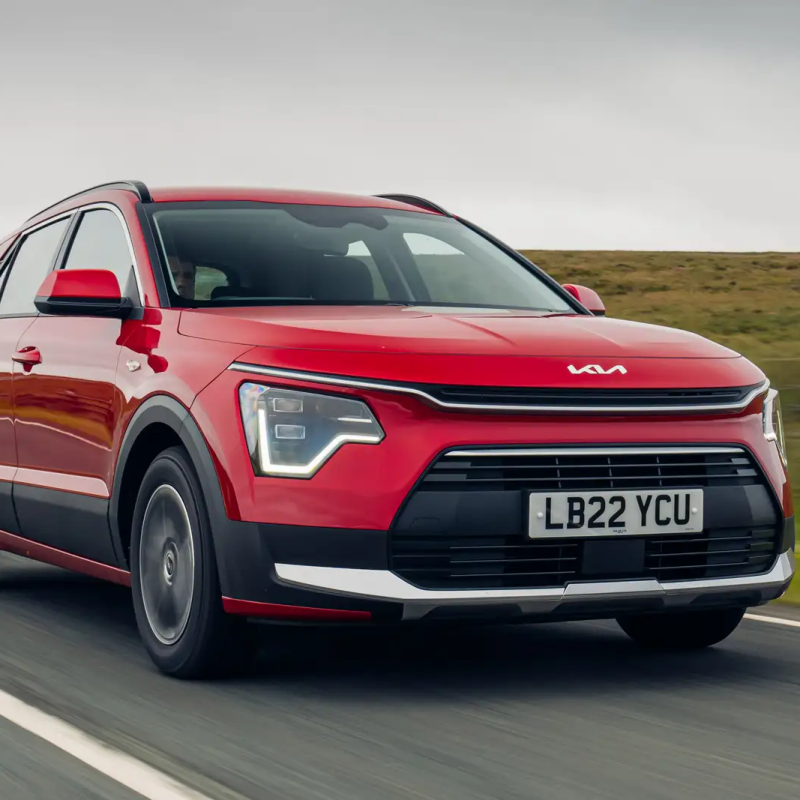
Understanding Tire Sizes and Specifications
When it comes to choosing the best winter tire sizes for SUVs, a fundamental understanding of tire sizes is essential. Tire size designations typically utilize a series of numbers and letters designated on the tire’s sidewall. For example, a tire size might read as 225/65R17.
- Section Width: The first number (225) represents the width of the tire in millimeters when it is mounted and inflated.
- Aspect Ratio: The second number (65) expresses the sidewall height as a percentage of the tire’s width. In this case, the sidewall height is 65% of the section width.
- Construction Type: The letter “R” indicates radial tire construction, which is the most common.
- Diameter: The last number (17) specifies the diameter of the wheel rim in inches.
Understanding this specification is crucial since using the correct tire size significantly affects your vehicle’s handling, safety, and fuel efficiency during the winter months.
Why Winter Tires Matter for SUVs
While standard tires can help in moderate conditions, winter tires are specially engineered to withstand the harsh temperatures and conditions associated with winter. Here are several reasons why they matter:
Improved Traction
Winter tires feature unique tread designs curated for better grip on snow and ice. The specialized rubber compounds remain pliable in lower temperatures, which enhances traction on slick surfaces.
Enhanced Safety
Driving on winter tires significantly reduces stopping distances in icy conditions compared to all-season tires. Studies show that vehicles equipped with winter tires perform much better on slippery roads, which directly correlates to increased safety for you and your passengers.
Optimal Performance
Winter tires perform consistently in cold weather, even at temperatures below 45°F (7°C). Their ability to grip the road in these conditions makes them an essential choice for SUV owners who may traverse snowy or icy terrains.
Stability
SUVs generally have a higher center of gravity, making them more susceptible to rolling in slippery conditions. Winter tires are designed to offer improved stability, ensuring that your vehicle has the best possible grip, even during sudden maneuvers.
Factors to Consider When Choosing Winter Tire Sizes
When choosing the best winter tire sizes for your SUV, various factors need your attention: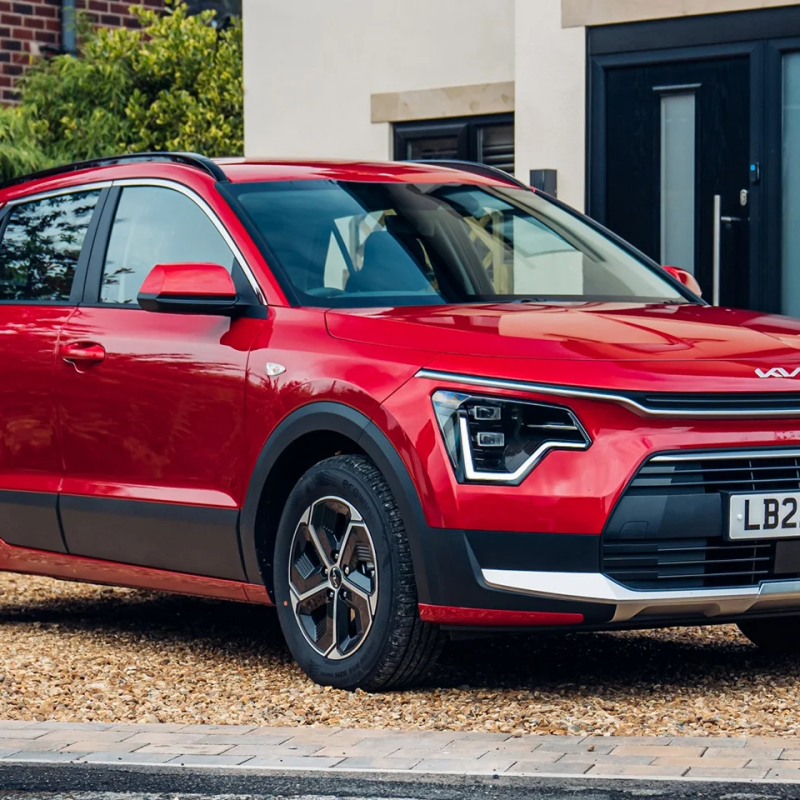
Vehicle Specifications
Always refer to your owner’s manual to find the manufacturer’s recommended tire size for your SUV. The specifications would typically be listed in the manual or found on the driver’s side door jamb.
Driving Habits
Consider how and where you drive. If you frequently navigate through heavy snow or icy roads, you may need a larger tire with deeper tread patterns. If your typical routes are relatively well-maintained, standard winter tires may suffice.
Load Carrying Capacity
SUVs often carry more weight than sedans, so it’s essential to select tires that can accommodate the additional load. Look for tires with an appropriate load index to ensure safety.
Temperature Resistance
The best winter tire sizes for SUVs should be paired with tire models that maintain flexibility at low temperatures. Ensuring this is crucial for optimal traction and handling.
Popular Winter Tire Sizes for Various SUVs
The following section outlines popular winter tire sizes tailored to specific SUV models:
1. Honda CR-V
The Honda CR-V typically utilizes winter tire sizes such as 225/65R17 or 235/60R18. These tires provide enhanced grip and stability, ensuring safe travels during winter months.
2. Ford Explorer
For the Ford Explorer, winter tire sizes generally fall between 255/70R18 and 245/60R20. They are designed to provide excellent handling on snowy terrain, perfect for family outings or commutes in challenging conditions.
3. Toyota RAV4
The RAV4 commonly uses sizes like 225/65R17 or 235/55R18 for winter. These options cover various trim levels, ensuring a secure grip on slick surfaces.
4. Jeep Grand Cherokee
Jeep Grand Cherokees frequently benefit from larger sizes, such as 265/60R18 or 275/55R20. These tires not only offer enhanced traction but also the rugged capability required for off-road adventures in winter conditions.
5. Subaru Outback
Subaru Outback, widely recognized for its winter prowess, typically uses sizes such as 225/60R18 or 245/45R19. Designed for stability, these tires enhance safety on icy roads.
6. Nissan Rogue
The Nissan Rogue usually opts for winter tires sized 225/65R17 or 235/60R18. These tires cater to the needs of urban commuters or those seeking winter travel adventures.
7. Chevrolet Equinox
For the Chevrolet Equinox, winter tire sizes like 225/65R17 or 235/55R18 are generally recommended. They provide stability and traction on slippery terrains.
Evaluating Tire Performance Features
Beyond size, assessing performance features in winter tires is vital to ensure optimal driving experiences. Here’s what to look for:
Tread Design
Winter tires typically have deeper treads with various patterns, such as blocky designs, to enhance grip on cold, slippery surfaces. An array of sipes (tiny slits in the tread) can also improve traction.
Rubber Composition
The rubber used in winter tires remains flexible even at cold temperatures, allowing for better contact with the road surface. This composition helps maximize grip when you need it most.
Noise Reduction
Although safety is the primary concern, a comfortable driving experience matters, too. Look for tires featuring noise-reducing technologies that minimize cabin noise while driving on icy roads.
Studded vs. Studless Tires
When considering winter tires, you might face the choice between studded and studless options. Studded tires provide improved traction on icy surfaces. Conversely, studless tires excel on snow and wet conditions. Assess your driving conditions to choose accordingly.
Maintenance Tips for Winter Tires
Once you’ve selected the best winter tire sizes for your SUV, proper maintenance is essential for longevity and performance. Keep these tips in mind:
Regular Inspections
Check your winter tires frequently for signs of wear, including uneven tread wear or cuts in the sidewall. Ensure your tires are ready for winter weather before heavy snowfall occurs.
Tire Pressure Monitoring
Cold temperatures can lower tire pressure. Regularly monitor your winter tire pressure, ideally checking it before each trip. Ensure it adheres to the recommended levels, as correct inflation is crucial for safety.
Rotation and Balancing
To ensure even wear, rotate your winter tires every 5,000 to 7,500 miles. Proper balancing is also important, as unbalanced tires can affect handling and lead to uneven wear patterns.
Proper Storage
If you swap your winter tires for summer ones, store the off-season tires in a cool, dark place away from sunlight. Stack them upright or hung vertically to maintain their shape.
Cost Considerations for Winter Tires
Cost is a natural concern when purchasing winter tires. Various factors influence the costs which include:
Tire Brand
Brand reputation can significantly impact pricing. Premium brands are often more expensive, but they may provide better performance and durability. Evaluate your budget and long-term needs.
Tire Size
The size of the tire also plays a critical role in cost. Larger tires, such as those for SUVs, generally come at a higher price point due to the increased materials required for production.
Tire Type
Selecting between studded and studless tires can also affect pricing. Studded options tend to be pricier, but their performance may justify the expense in areas with frequent ice.
Installation Costs
When budgeting for tires, include installation costs, which can vary significantly between tire shops. Look for packages that include mounting, balancing, and disposal fees for old tires.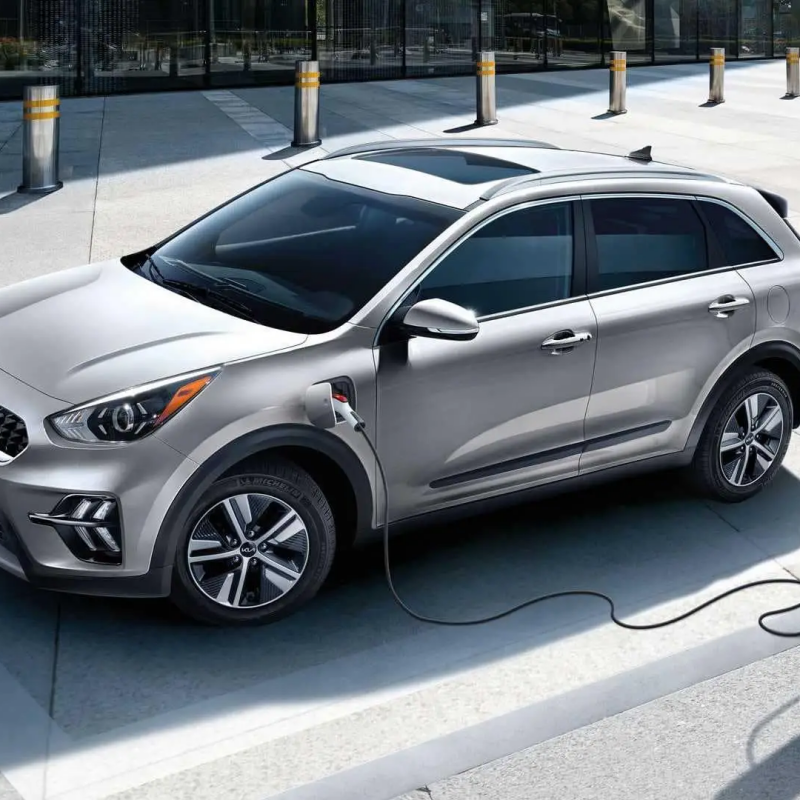
Conclusion
Choosing the best winter tire sizes for SUVs is not merely a matter of preference; it’s an essential decision that influences safety and performance in treacherous winter conditions. Understanding what to look for in tire specifications, evaluating your driving habits, and knowing the best tire sizes for specific SUV models will empower you to make informed decisions.
Winter tires are vital for improving traction and stopping power, all while enhancing stability. By regularly maintaining your tires and paying attention to factors like tire pressure and tread wear, you can ensure a safe and comfortable driving experience throughout the winter months. Investing time and resources into the right winter tires for your SUV provides peace of mind and prepares you for whatever winter brings your way.
